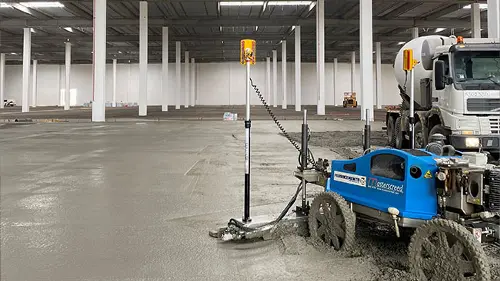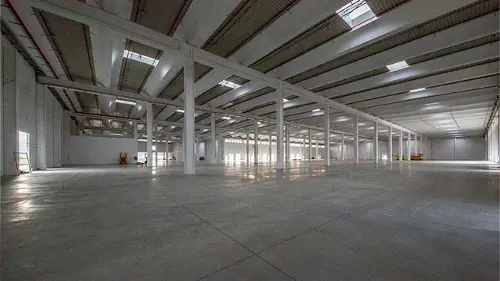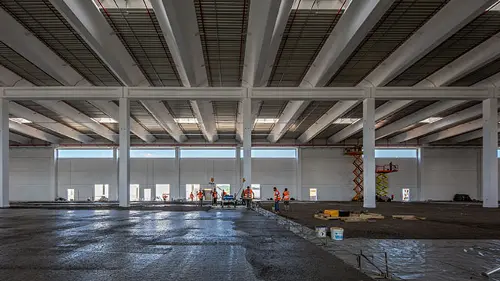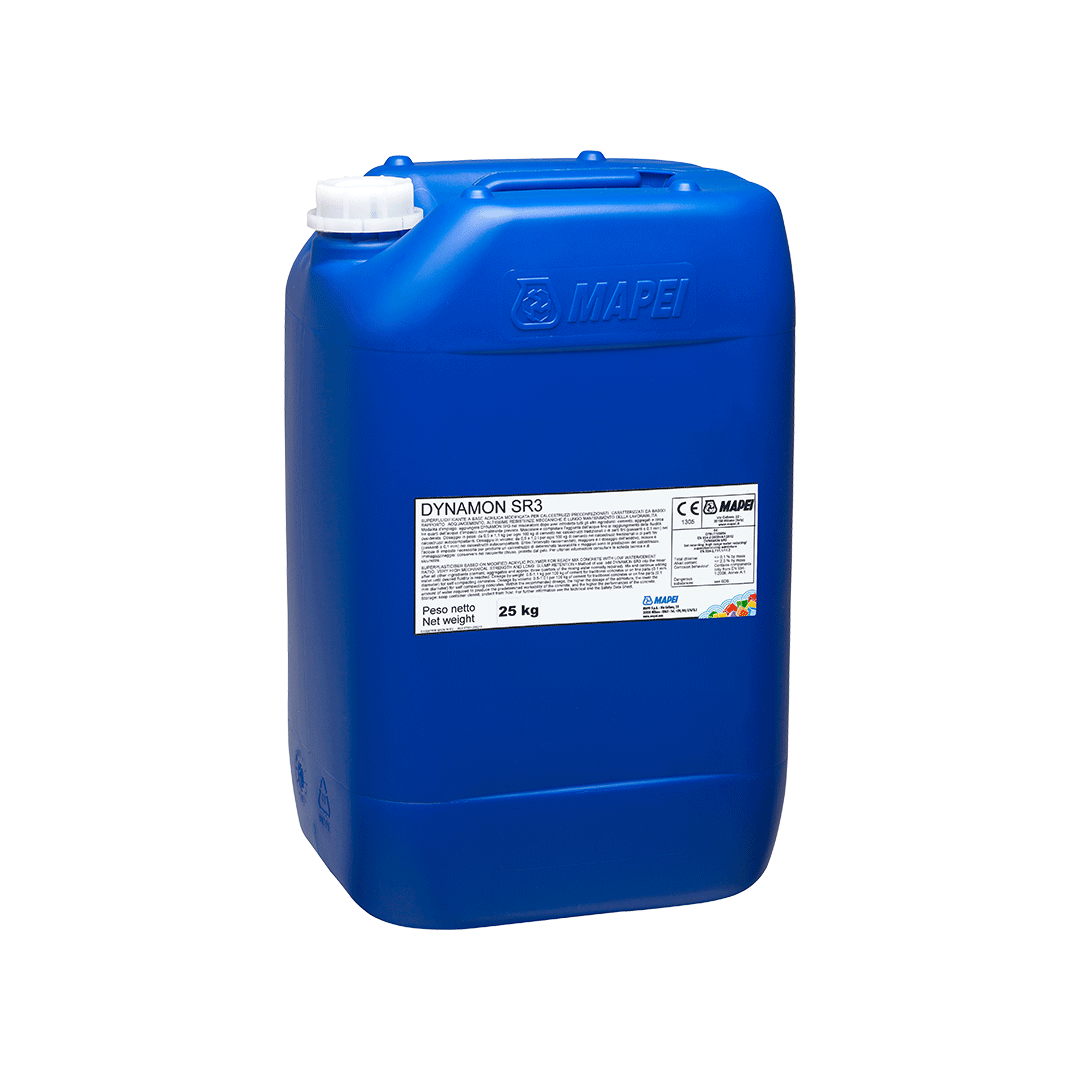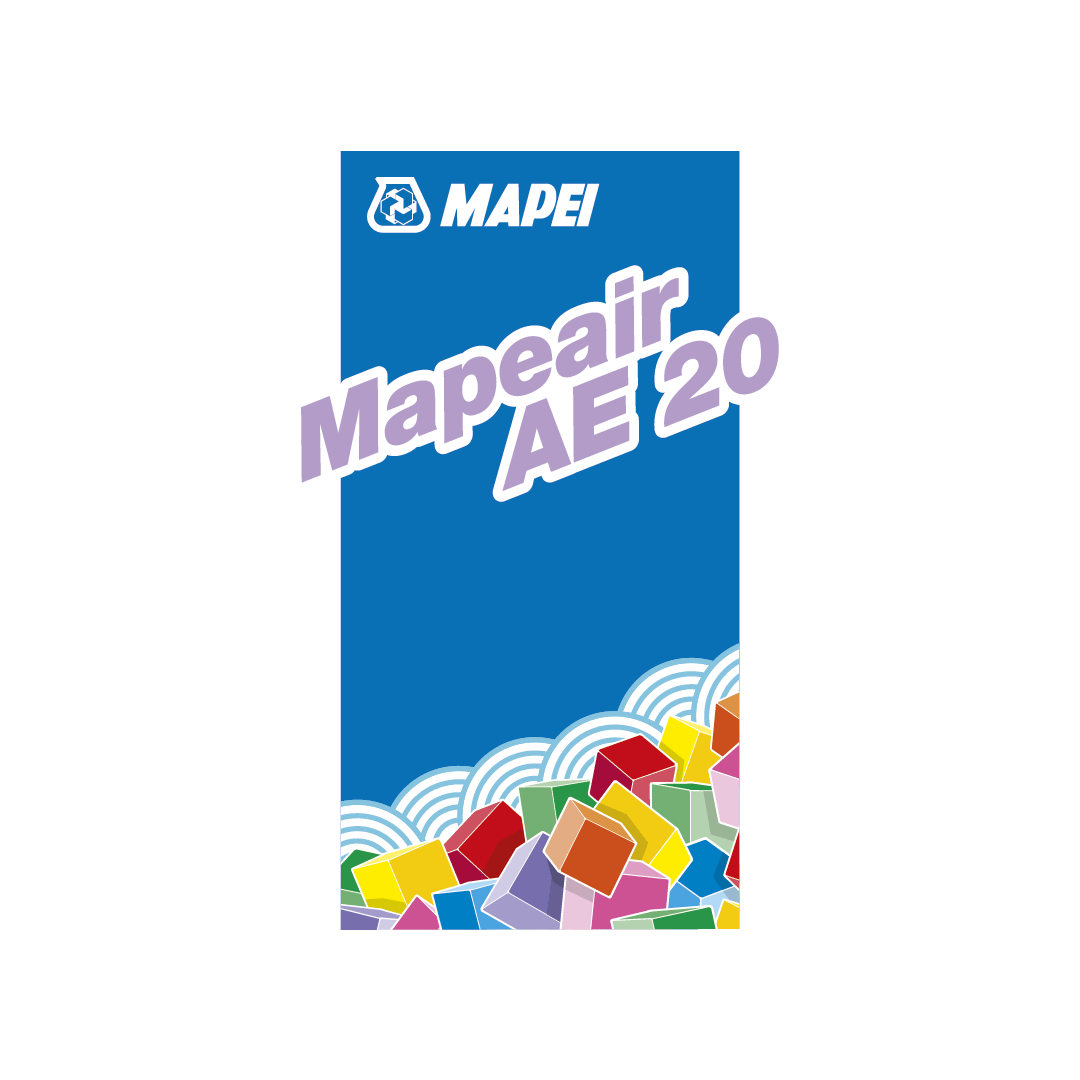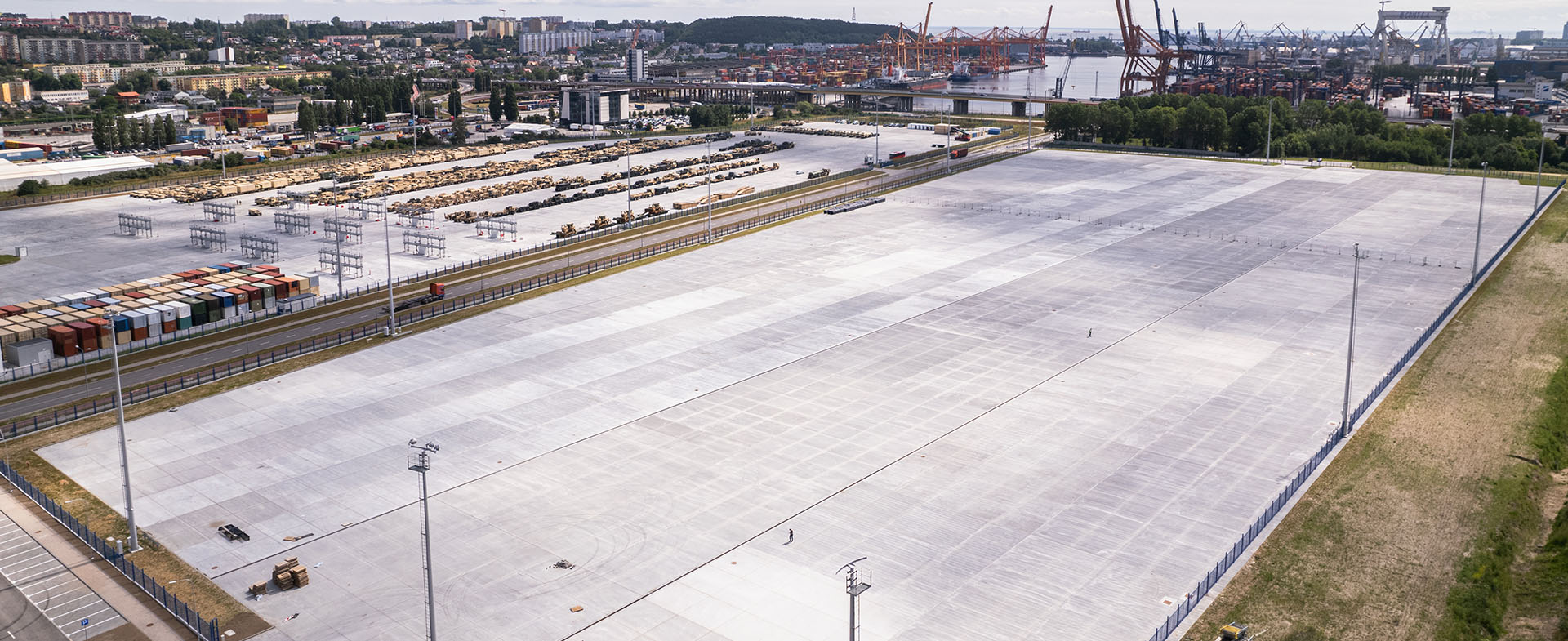
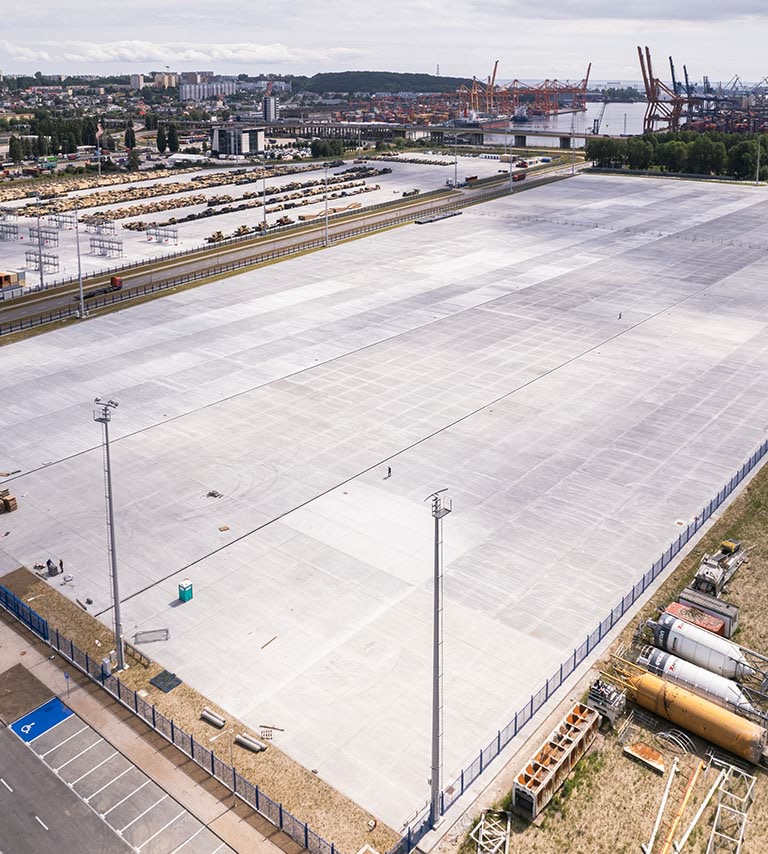
Projects
/
4/28/2023
Storage yards in the port of Gdynia
A complete system for a project characterized by its sheer dimension and tight schedule.
A complete system for a project characterized by its sheer dimension and tight schedule.
A history dating back more than a century
The port of Gdynia has a history dating back more than a century: in fact, it was in 1920 that the Polish government decided to build the country’s largest port infrastructure in this city overlooking the Baltic Sea. The port came into operation in 1923 and played a key role in the growth of the city of Gdynia and the economic development of the whole region. Today it covers an area of 973 hectares and is specialised in handling large cargo loads, particularly intermodal containers.
In recent years, the use of sea freight has been a growing trend throughout Europe and building suitable port infrastructures is becoming a priority for many countries, including Poland. And this is why the Gdynia port authorities drafted a development plan for the western part of the site, which included the construction of storage yards extending over an area of 18.6 hectares, dedicated to handling and storing freight.
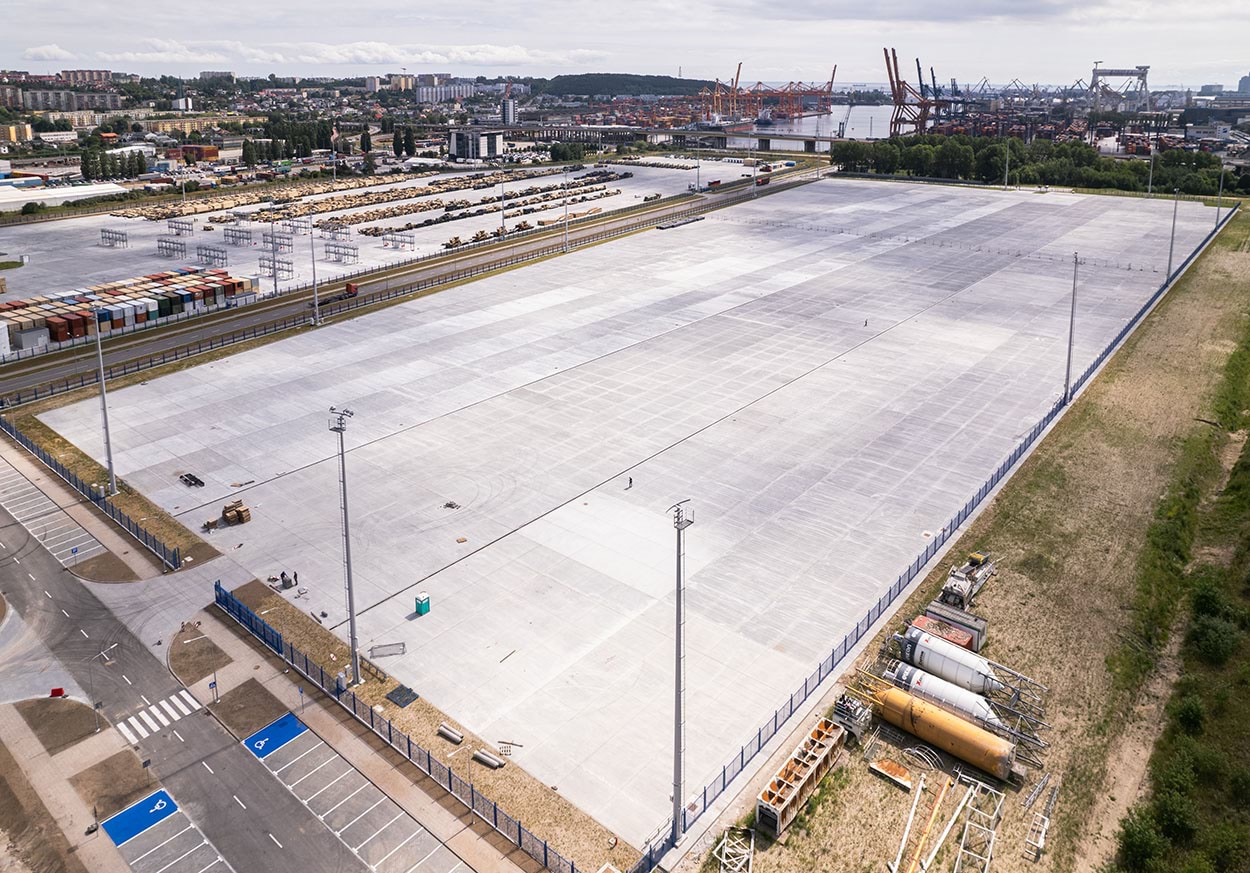
Storage yards covering an area of 18.6 hectares were constructed in the Port of Gdynia. Concrete floors were completed with Mapei fibers and admixtures.
A complete system to meet a tight schedule
The main contractor, NDI sp. zoo, was asked to complete construction of the storage yards in just 22 months. The project, therefore, was particularly “challenging” because of the limited time available to mix the 55,000 m3 of concrete required and place it over the particularly large surfaces.
To overcome this challenge, a mixing plant with a daily production capacity of 1000 m3 of concrete was installed on site to complete almost 200.000 m2 of concrete floors. Apart from guaranteeing the right mechanical properties and workability, the mix design had to ensure the concrete was also suitable for placing in temperatures ranging from 5 to 35°C.
Mapei Polska, the Group’s Polish subsidiary, played an important role in achieving the objectives by offering constant support during the design phase of the surfaces and during preparation of the mix design, thanks also to the use of vehicles and equipment from Mapei Concrete Mobile Lab. All this effort led to the selection and use of a complete Mapei system for concrete paving, consisting of MAPEFIBRE ST42 structural polymer fibres, DYNAMON SR3 and MAPEPLAST BV34 super-plasticisers and MAPEAIR AE20 air entraining admixture. Thanks to these products, two different concrete mixes were formulated with two different consistency classes: S2 and S4.
The use of innovative technologies, such as those supplied by Mapei, and exemplary planning and management of all operations enabled the first phase of the construction work on the storage yards to be completed one year ahead of schedule.





